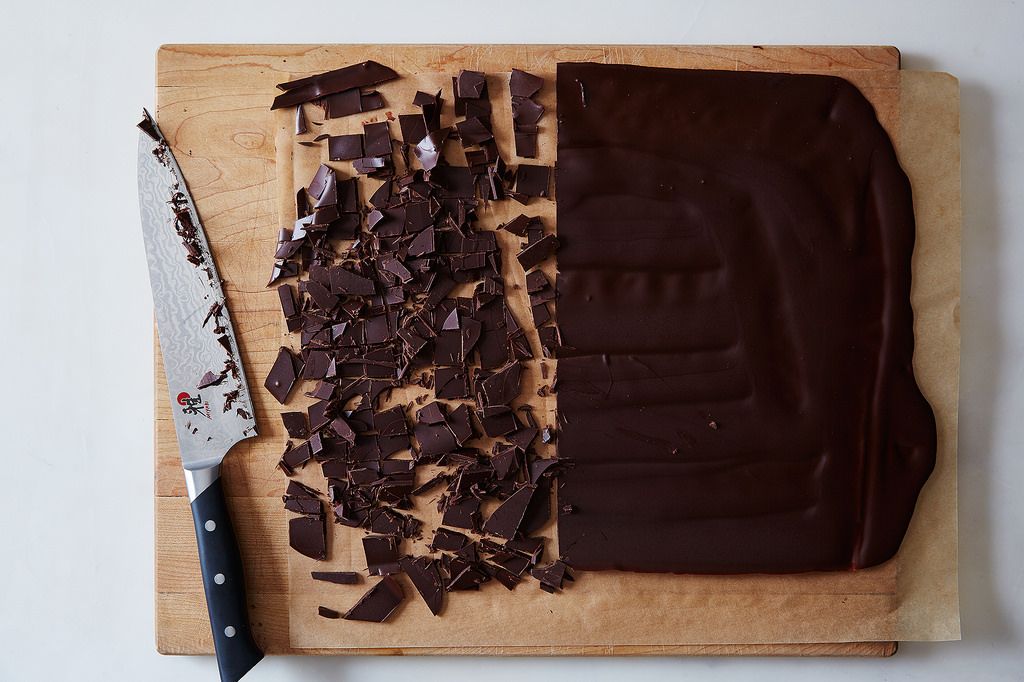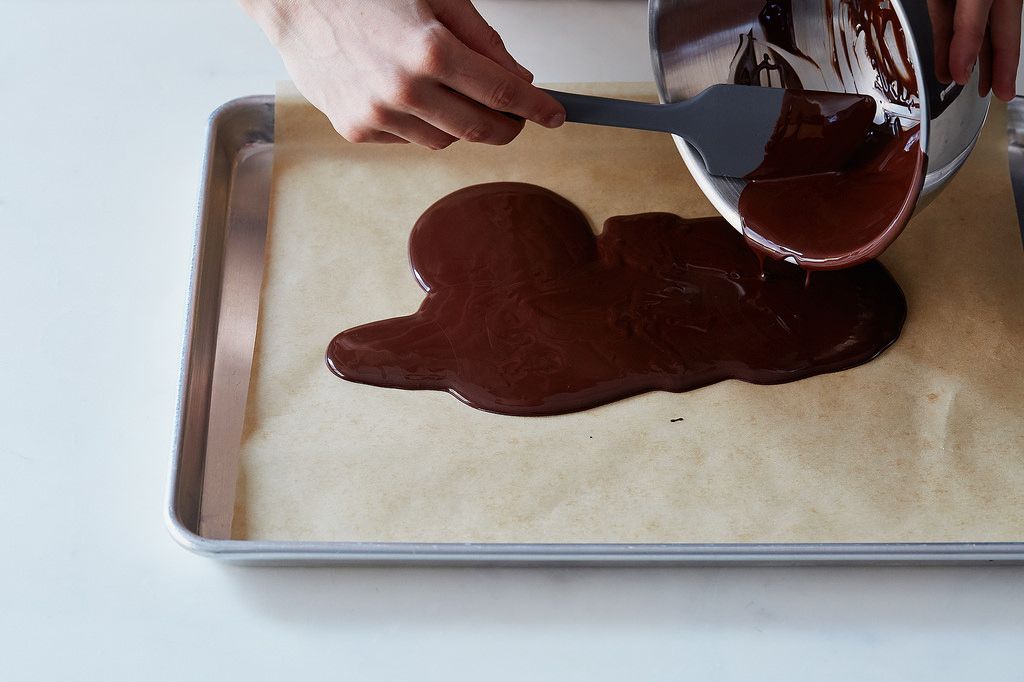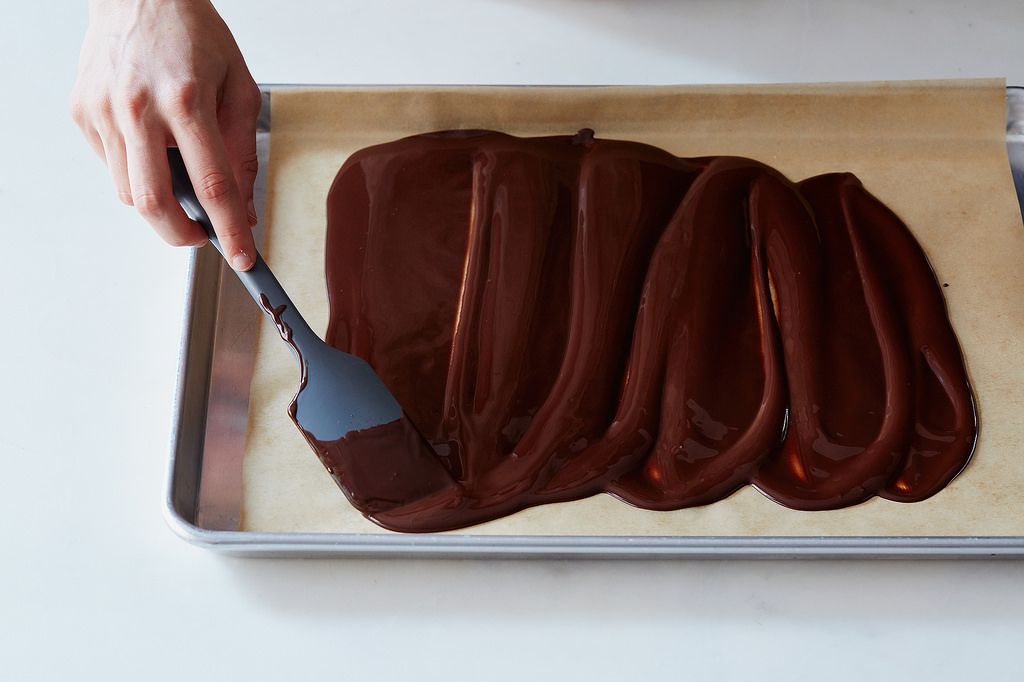Ice Cream/Frozen Desserts
Why the Chocolate Chunks in Your Ice Cream Are Gritty (& How to Fix It)
Popular on Food52
Continue After Advertisement
4 Comments
Susan
August 7, 2023
This is brilliant! I have long wondered how the chips in commercial ice cream are softer than what I put into my homemade ice cream. I emailed Ben and Jerry's and they responded, suggesting that I add some fat to the chocolate while tempering or melting chocolate ("The experts suggested that you might try melting down the chocolate you are adding in your creations and then adding a little soybean oil or other fat that is liquid at room temperature to it. Stir this well so it is well blended and then allow it to harden. This altered chocolate should have a reduced melting point which should result in a softer texture when it is used in your recipes..."). But this idea is so much better: it makes sense that if you take the temper out of your chocolate it is going to be softer and melt more easily when you eat it. Thanks so much for this tip.
Evelyn T.
March 14, 2016
What about melting shortening into the chocolate, rather than coconut oil or water? I've seen that technique used to soften chocolate for coating baked goods, does it work the same for ice cream?
Austin
June 1, 2015
I've seen a recipe that called for drizzling melted chocolate into an ice-cream maker at the end of churning. The chocolate should be liquid but not hot - the results are flaky little ripples of chocolate throughout. Works great!
Martin B.
June 1, 2015
It's called Stracciatella - very popular in Italy - David Lebovitz has a recipe for it here:
http://www.davidlebovitz.com/2007/07/making-ice-crea-1/
And, thank you, Alice for posting this. It's solved a gritty annoyance I've not know how to fix. Until now.
Cheers,
Martin
http://www.davidlebovitz.com/2007/07/making-ice-crea-1/
And, thank you, Alice for posting this. It's solved a gritty annoyance I've not know how to fix. Until now.
Cheers,
Martin




See what other Food52 readers are saying.